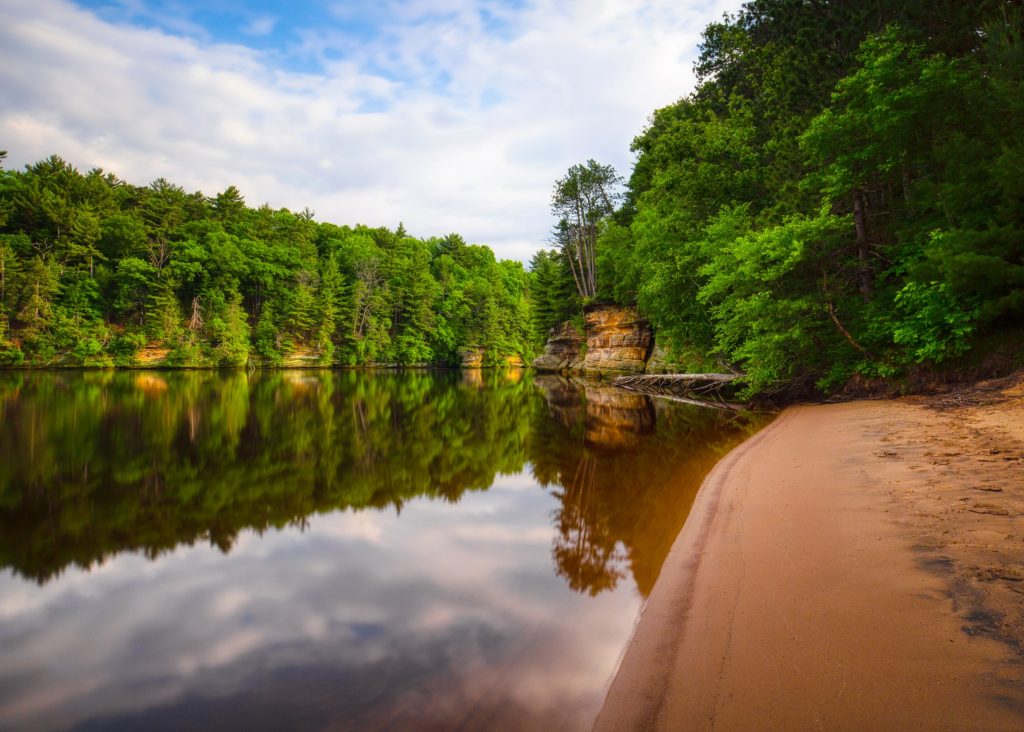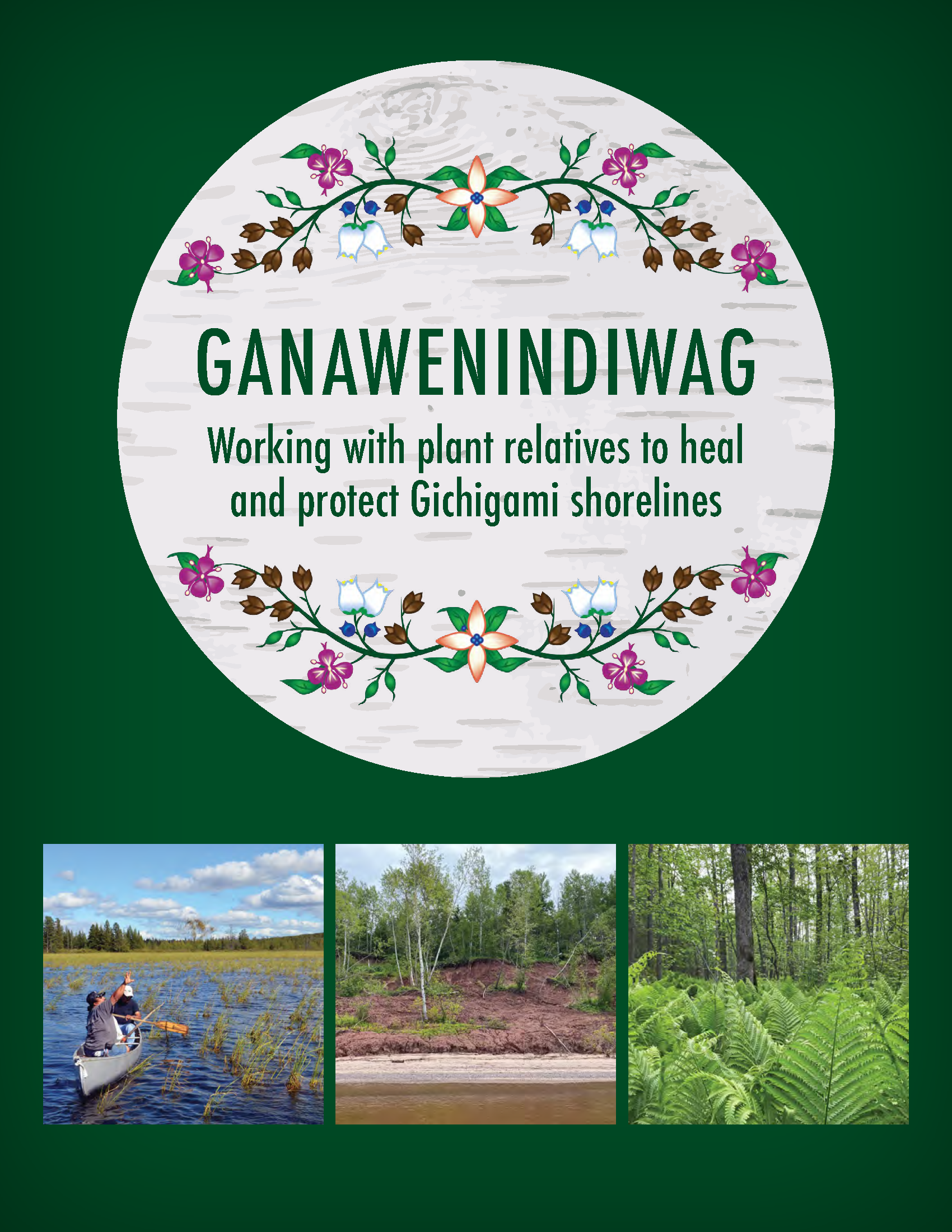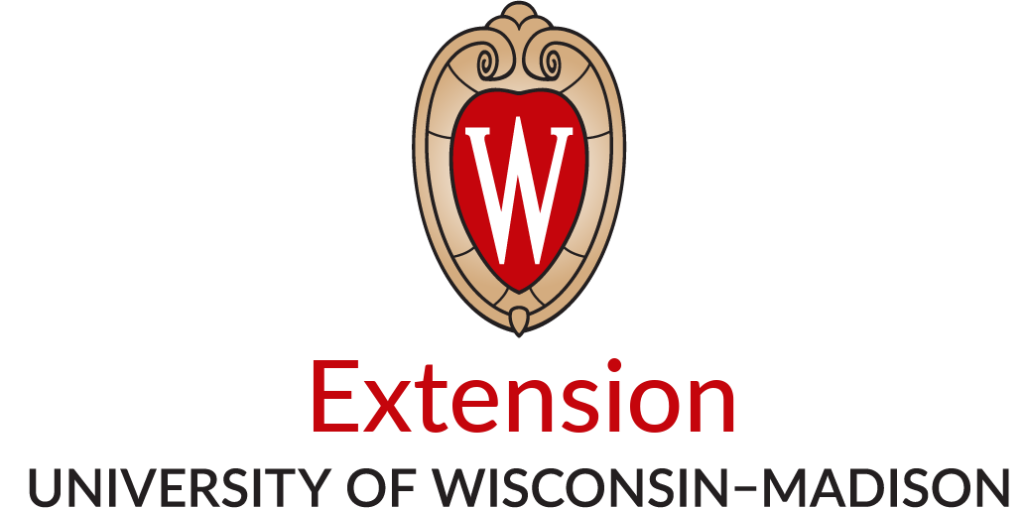Natural Resources

How does Wisconsin’s changing climate affect natural resources? Some notable impacts to Wisconsin’s natural communities from climate change include (but are not limited to) forest susceptibility to pests and diseases, damage to ecosystems from heavy rainfall events, shifting ranges for wildlife due to temperature change, rising water temperatures, and changes in recreation opportunities. UW educators, researchers, and specialists are leading and supporting water, forestry, geology, conservation, environmental education and wildlife projects across the state and region to increase the resiliency of natural communities. To learn more about the impacts of climate change on Wisconsin’s natural communities and outdoor recreation industry, check out the science-based assessments from the various WICCI working groups.

Ganaweninidiwag: Working with plant relatives to heal and protect Gichigami shorelines
Ganawenindiwag (“they take care of each other” in the Ojibwe language) is a guide designed for use by coastal-land caretakers, homeowners, resource stewards, and anyone who interacts with shorelines of Gichigami (Lake Superior) and its connecting waterways. Ganawenindiwag, helps users make coordinated and informed plant selections for vulnerable coastal environments, while inviting readers to see the cultural relationships between people and plants that have long existed in this landscape. Ganawenindiwag was developed by a collaborative team including an advisory group of knowledge holders, the Reserve, GLIFWC, the Lake Superior Research Institute, and UW–Madison Division of Extension’s Natural Resources Institute. Many knowledge holders generously contributed their time, wisdom, and creativity to the development of this resource.

Forestry & Climate Resources
Wondering about how to manage your woodland for carbon storage or are considering enrolling in a forest carbon credit program? Depending on your goals for your land, managing for carbon can be a win-win. These practices can help forests store more carbon, keep your woods healthy, and potentially provide supplemental income. Our fact sheets will help you to learn more about how carbon markets work and what to think about if you’re considering signing up for a carbon program.
To learn more about how a changing climate in Wisconsin affects forests, please refer to this website from UW Extension Forestry.
Actions you take now can help your forest be resilient, healthy, and productive in the face of future climate changes. Use the Woods Health Scorecard to figure out how changing climate conditions will impact your woods and what you can do today to protect your woods for tomorrow.

Adapting to Changes in Your Sugarbush
If you’re a maple syrup producer, this “sugar bush adaptation menu” will help you respond to environmental changes to ensure that your syrup-making operation thrives for many years into the future. This guide provides descriptions of current and future environmental challenges, stories from maple producers, along with concrete resources to help you take action.
Curious about spring freeze dates have been changing over time in your county? Check out freeze date data for your county using the MRCC Freeze Date Tool. For day-to-day freeze forecasts, check out the National Weather Service’s Wisconsin Frost Freeze Decision Support Tool.

Effective Climate Change Communication
Communicating about climate change is a nuanced challenge. Sharing the facts alone is not enough—a multitude of
social and cultural factors shape people’s attitudes and behaviors related to climate change. Follow these slides from UW Extension’s “Putting into Practice the Principles of Effective Climate Change Communication” workshop to learn more about audience segmentation, word choices, values and agency, social norms, misinformation, and how these affect the ways that climate messaging is received.
This worksheet will guide you through some of the principles of effective climate change communication, informed by social science research. Use this worksheet when you are thinking strategically about how to reach your desired audience(s).
Want to explore more natural resources topics? Click here to go to the UW Division of Extension’s Natural Resources Institute webpage.

Need help finding something?
Click on the links below to navigate to the Wisconsin Climate Connections page where you can find more resources about:




